Reliving A Revolutionary Voyage: First Autonomous Merchant Ship That Crossed the Pacific Ocean

In an extraordinary feat of maritime technology, history was made when the Panama-flagged merchant ship, Prism Courage, embarked on a transoceanic journey powered solely by artificial intelligence (AI). Leaving Freeport, Texas, on May 1, 2022, this groundbreaking vessel set its course across the vast Pacific Ocean, navigating through the Panama Canal, and finally arriving at the Boryeong LNG Terminal in South Chungcheong Province, Korea, after an awe-inspiring 33-day voyage.
What made this achievement truly astonishing is the fact that the entire trip was accomplished without a single human crew member at the helm
At times, we need to relive such historical marvels that can help us envision what can be done next to improve lives around us. So, let's relive this feat, learn from it, and perhaps some of you can envision and build the next marvel in maritime technology.
The HiNAS 2.0 Autonomous Navigation System
During the latter half of its journey, the Prism Courage relied on the revolutionary autonomous navigation system, HiNAS 2.0, developed by Hyundai Global Service. HiNAS 2.0 was not only responsible for steering the vessel but also incorporated the cutting-edge Integrated Smartship Solution (ISS), optimizing routes and speeds for an efficient and safe journey. With real-time data on weather conditions, wave heights, and the presence of other ships, the ISS AI expertly guided the ship while complying with legal regulations for safe navigation.
Thriving Amidst a Sea of Challenges
Sailing through a crowded lane with approximately 100 other ships, the Prism Courage showcased its extraordinary capabilities. The HiNAS 2.0 system's exceptional performance surpassed all expectations, resulting in an impressive 7 percent increase in fuel efficiency and a remarkable 5 percent reduction in greenhouse gas emissions compared to traditional manned voyages. Furthermore, the autonomous navigation system's adaptability was demonstrated by identifying and skillfully avoiding potential collisions with other vessels on more than 100 occasions during the journey.
A Watchful Eye: Monitoring Stability and Performance
Throughout its autonomous voyage, the Prism Courage was closely monitored by two prestigious maritime classification societies: the American Bureau of Shipping (ABS) and the Korea Register of Shipping (KR). This ensured that the vessel maintained peak performance and stability, reassuring the industry and public of the feasibility and safety of such innovative maritime endeavors.
The Implications for the Maritime Industry
The success of the Prism Courage's transoceanic voyage marks a significant milestone in the maritime industry's technological evolution. It has illuminated the vast potential of AI-driven smartship technologies to revolutionize maritime transport, offering enhanced efficiency, safety, and reduced environmental impact. As more advancements are made and trials continue, we may witness the gradual integration of autonomous vessels like the Prism Courage on the world's oceans, heralding a transformative future for global trade and shipping.
The historic journey of the Prism Courage has set a precedent for the maritime industry, ushering in a new era of AI-driven, autonomous shipping. With remarkable gains in efficiency, safety, and sustainability, this feat paves the way for a brighter future, where smartships could play an instrumental role in shaping the global maritime landscape. As we embark on this exciting voyage of innovation and progress, the possibilities for a more connected, eco-conscious, and efficient maritime industry appear limitless.
The successful transoceanic voyage of the first autonomous merchant ship, the Prism Courage, holds profound significance in the maritime industry for several reasons
Advancement in Technology
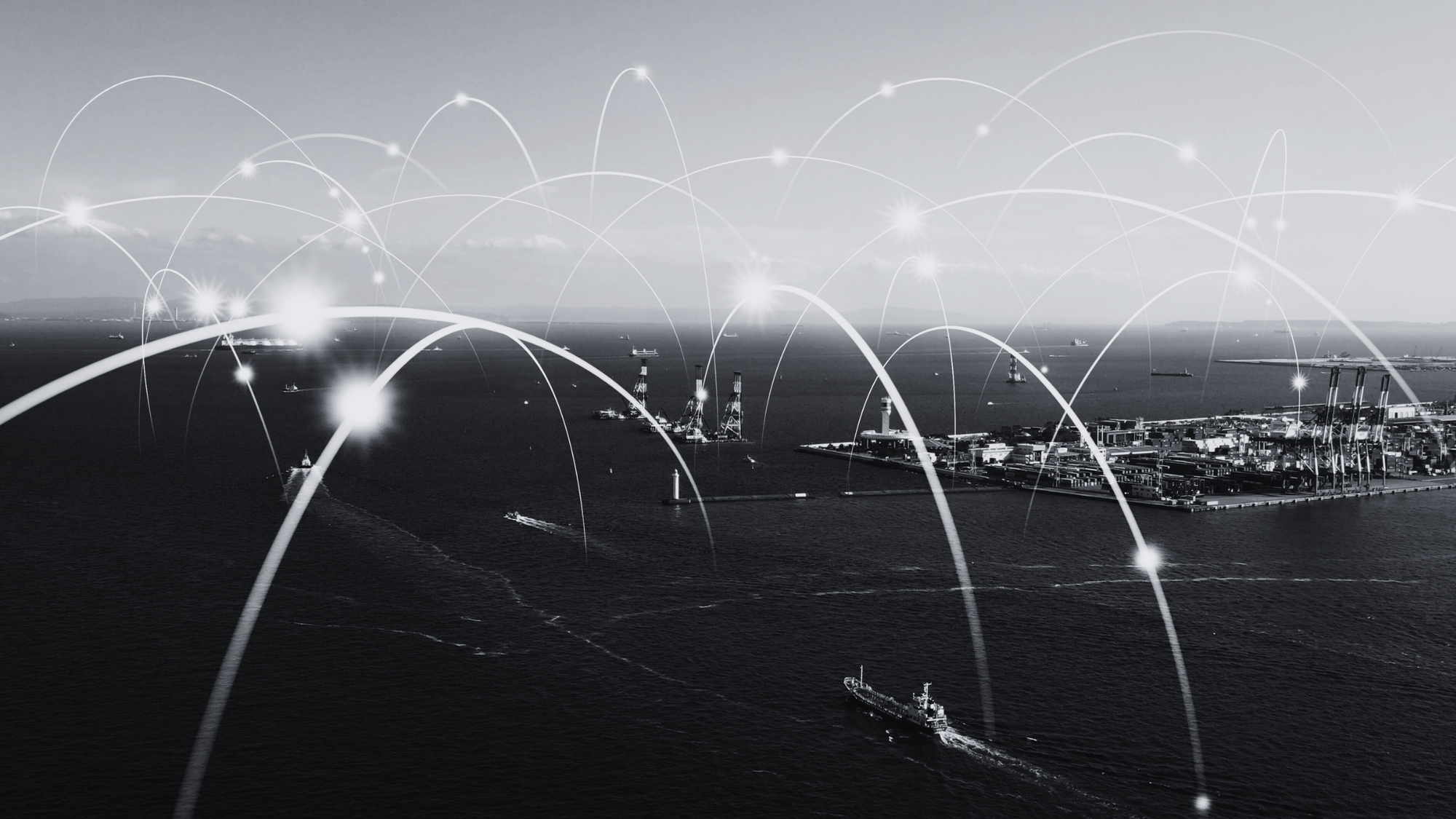
The voyage demonstrates a major leap forward in maritime technology and artificial intelligence. It showcases the feasibility and reliability of using AI systems to control large vessels, opening up possibilities for more sophisticated and capable autonomous ships in the future.
Safety and Efficiency
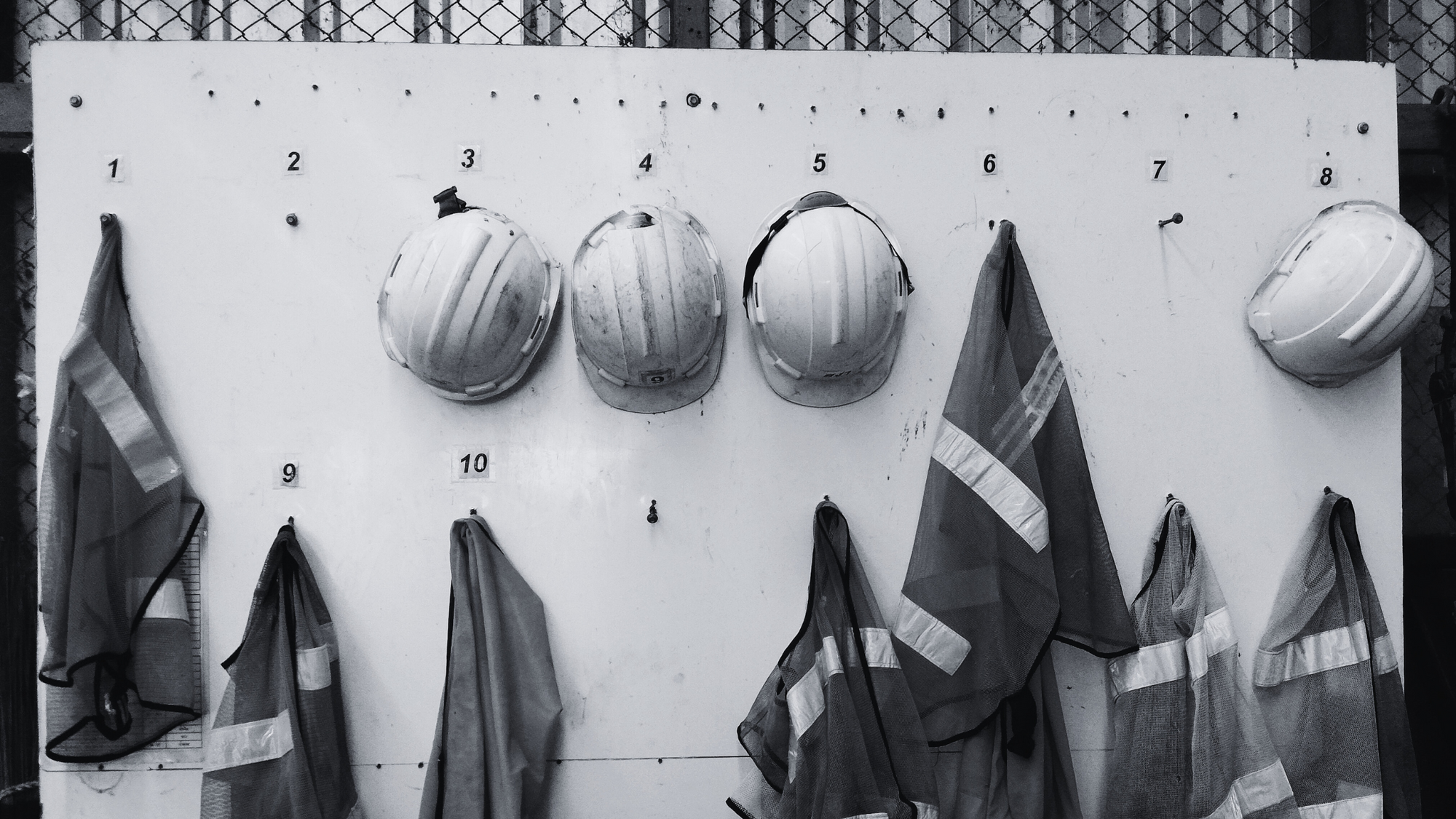
Autonomous navigation systems like HiNAS 2.0 have the potential to significantly enhance safety at sea. They can make real-time decisions, avoid collisions, and respond more quickly to changing weather conditions, reducing the risk of accidents. Additionally, the optimization capabilities of such systems improve fuel efficiency and reduce emissions, making maritime transport more environmentally friendly.
Crew Reduction
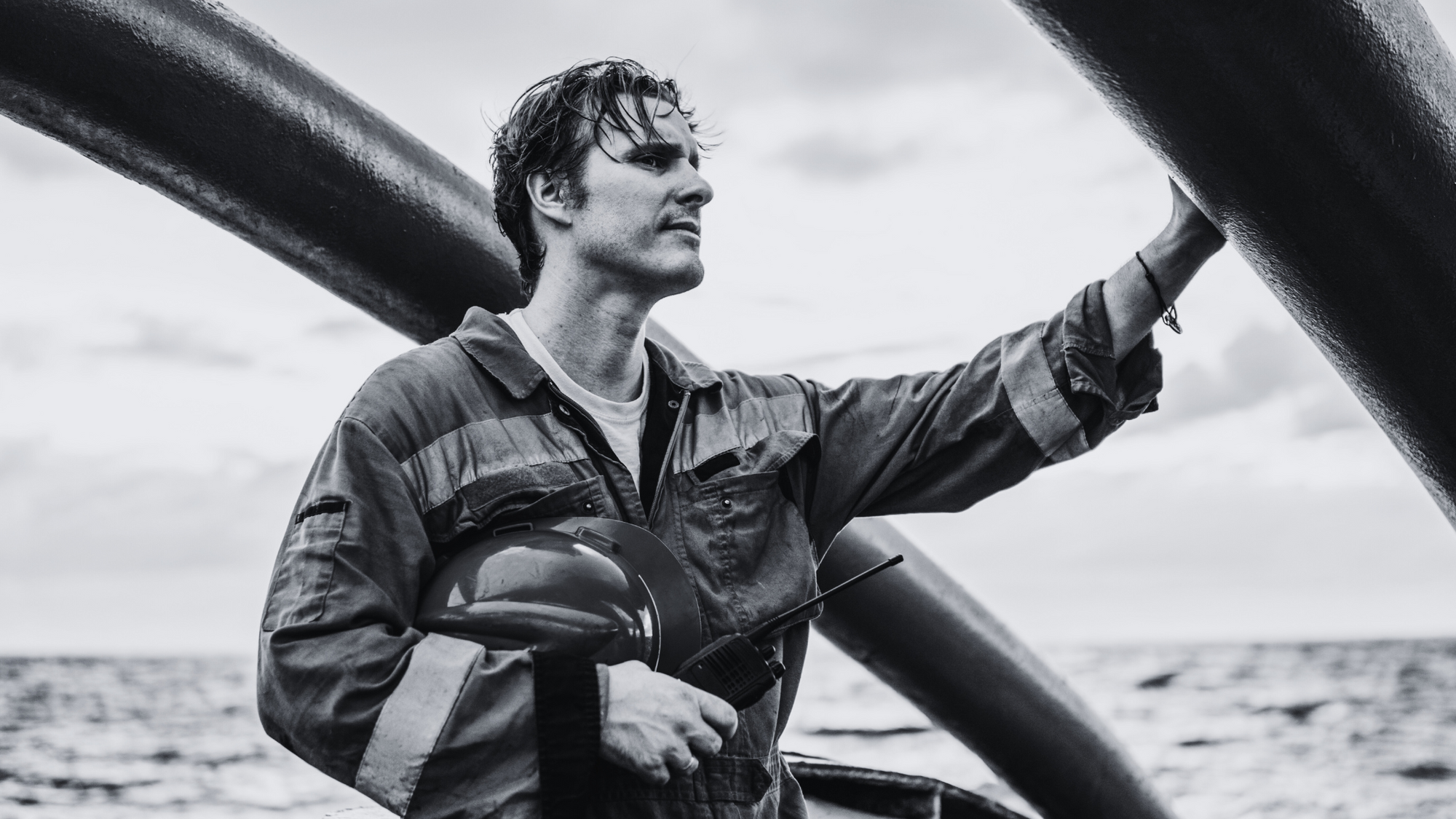
Autonomous ships have the potential to reduce the number of crew members required for a voyage, leading to cost savings for shipping companies. This reduction in crew also minimizes risks related to human errors and creates opportunities for remote ship monitoring and management, further enhancing efficiency.
24/7 Operations

Unlike manned ships, autonomous vessels can operate continuously without rest or crew shift changes, allowing for more efficient use of time and faster deliveries. This increased operational efficiency can have significant economic benefits for the shipping industry.
Global Trade and Connectivity
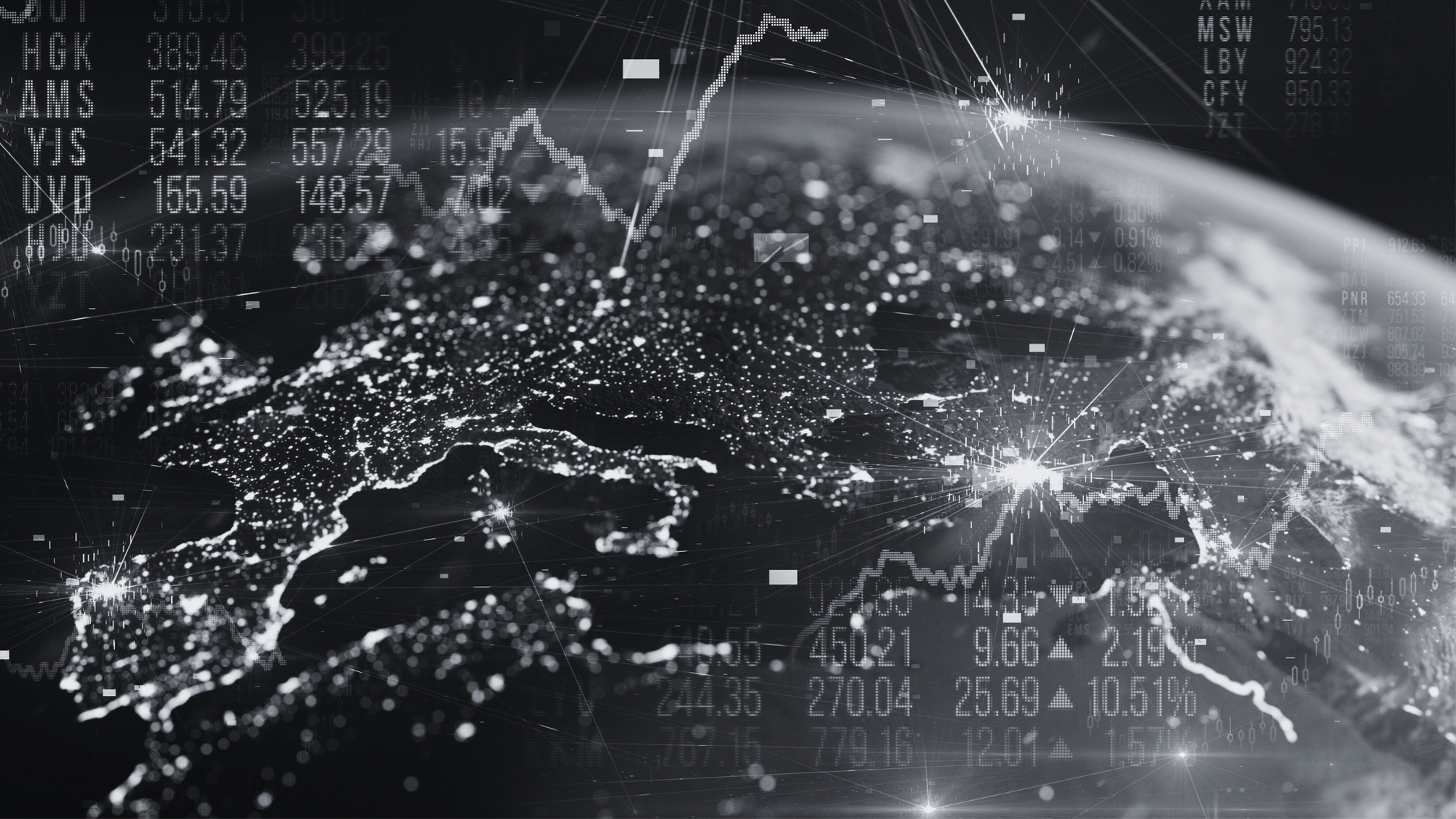
The increased efficiency and lower operational costs of autonomous ships could lead to a reduction in transportation costs. This, in turn, may boost global trade and connectivity, making goods more accessible and affordable for consumers worldwide.
Regulatory Framework

The successful autonomous voyage of the Prism Courage will likely prompt discussions and developments in maritime regulations. As autonomous ships become more prevalent, industry standards, safety protocols, and international regulations will need to adapt to ensure the safe integration of autonomous vessels into global shipping networks.
Investment and Innovation

The success of this autonomous voyage may attract further investment in research and development of AI-driven maritime technologies. This increased interest and funding could accelerate innovations in the sector, leading to more advanced and capable autonomous ships in the future.
Reducing Human Risks

Maritime operations can be dangerous for crew members, especially during long and challenging voyages. The introduction of autonomous ships can potentially reduce human-related risks, making the industry safer and more attractive to potential workers.
The successful transoceanic voyage of the Prism Courage represents a significant milestone in the maritime industry's technological evolution. As autonomous ship technologies continue to improve and gain acceptance, they have the potential to revolutionize the way goods are transported across the world's oceans, offering safer, more efficient, and environmentally friendly solutions for global trade and commerce.
Here are a few more case studies that highlight the significance of autonomous ships and their impact on the maritime industry
Yara Birkeland - Norway's First Autonomous Cargo Ship
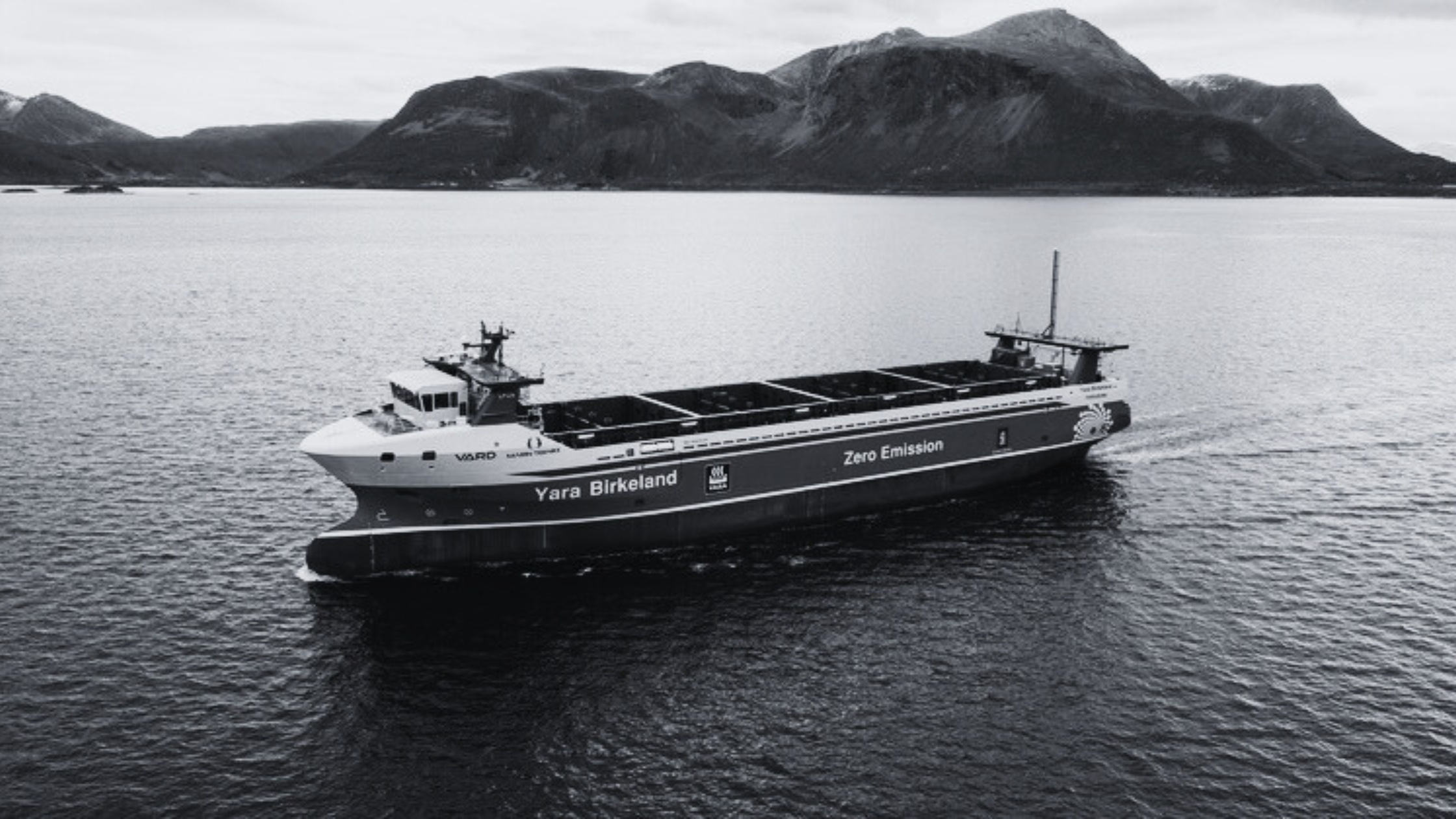
Yara Birkeland is an autonomous all-electric cargo ship developed by the Norwegian company Yara in partnership with Kongsberg. It was designed to transport fertilizers between Yara's production facility in Porsgrunn, Norway, and the ports of Brevik and Larvik. The vessel is fully electric, powered by batteries, and equipped with advanced sensors and AI-based navigation systems.
Significance: Yara Birkeland is the world's first autonomous, emission-free cargo ship. It represents a significant step towards reducing the environmental impact of maritime transport. By eliminating the need for traditional fuel-powered engines and reducing human error, the vessel is expected to reduce greenhouse gas emissions and operational costs.
Read more here
AutoNaut - Unmanned Surface Vessel for Ocean Data Collection
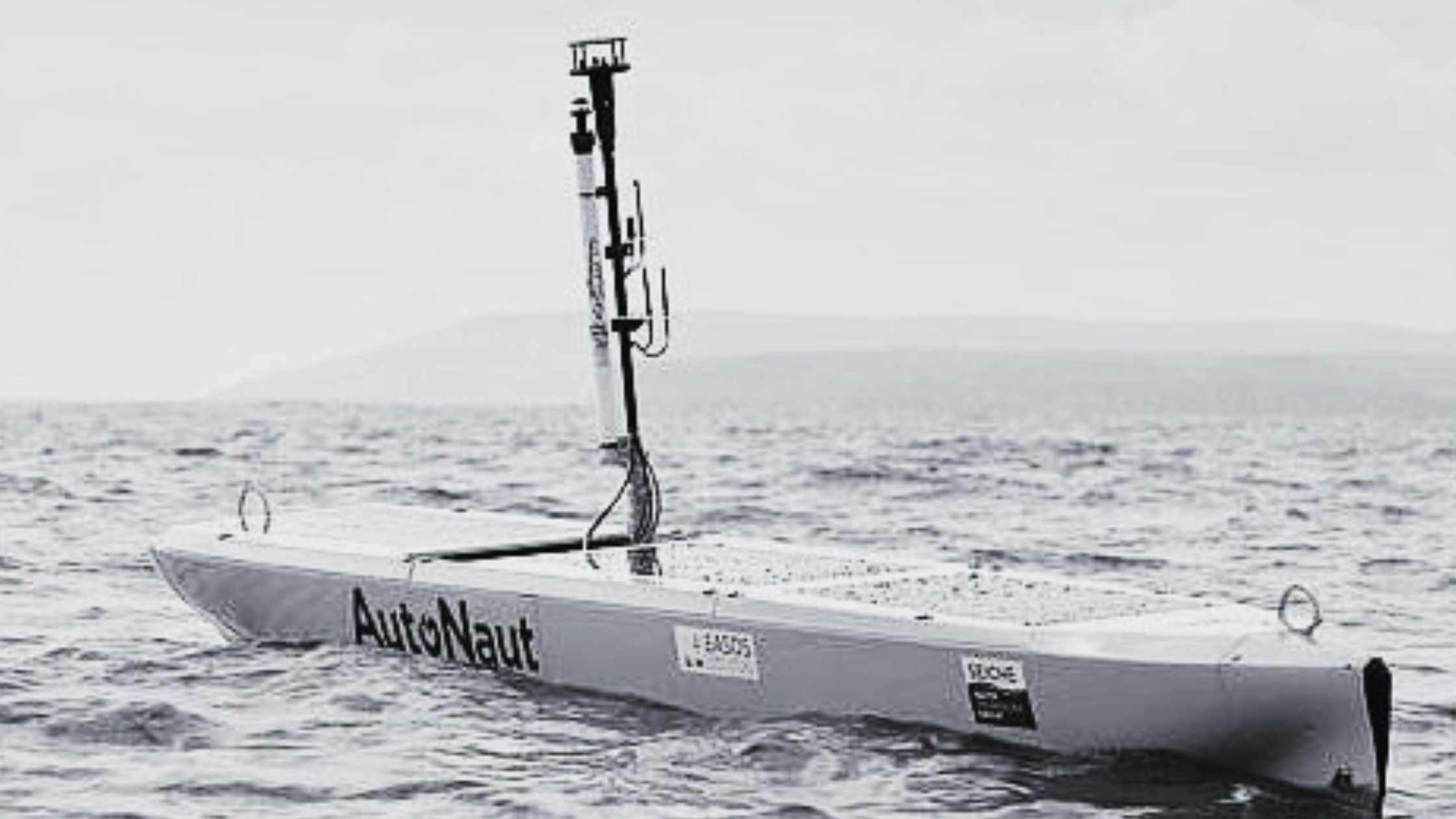
AutoNaut is an unmanned surface vessel (USV) developed by AutoNaut Ltd. It is designed for long-duration missions and is equipped with various sensors for collecting oceanographic and environmental data. The vessel's energy is primarily harnessed from solar panels and wave motion.
Significance: AutoNaut demonstrates the potential of autonomous surface vessels for data collection and ocean monitoring. These USVs can operate for extended periods without human intervention, making them cost-effective and efficient tools for scientific research, environmental monitoring, and disaster response.
Read more here
Mayflower Autonomous Ship (MAS) - Transatlantic Voyage
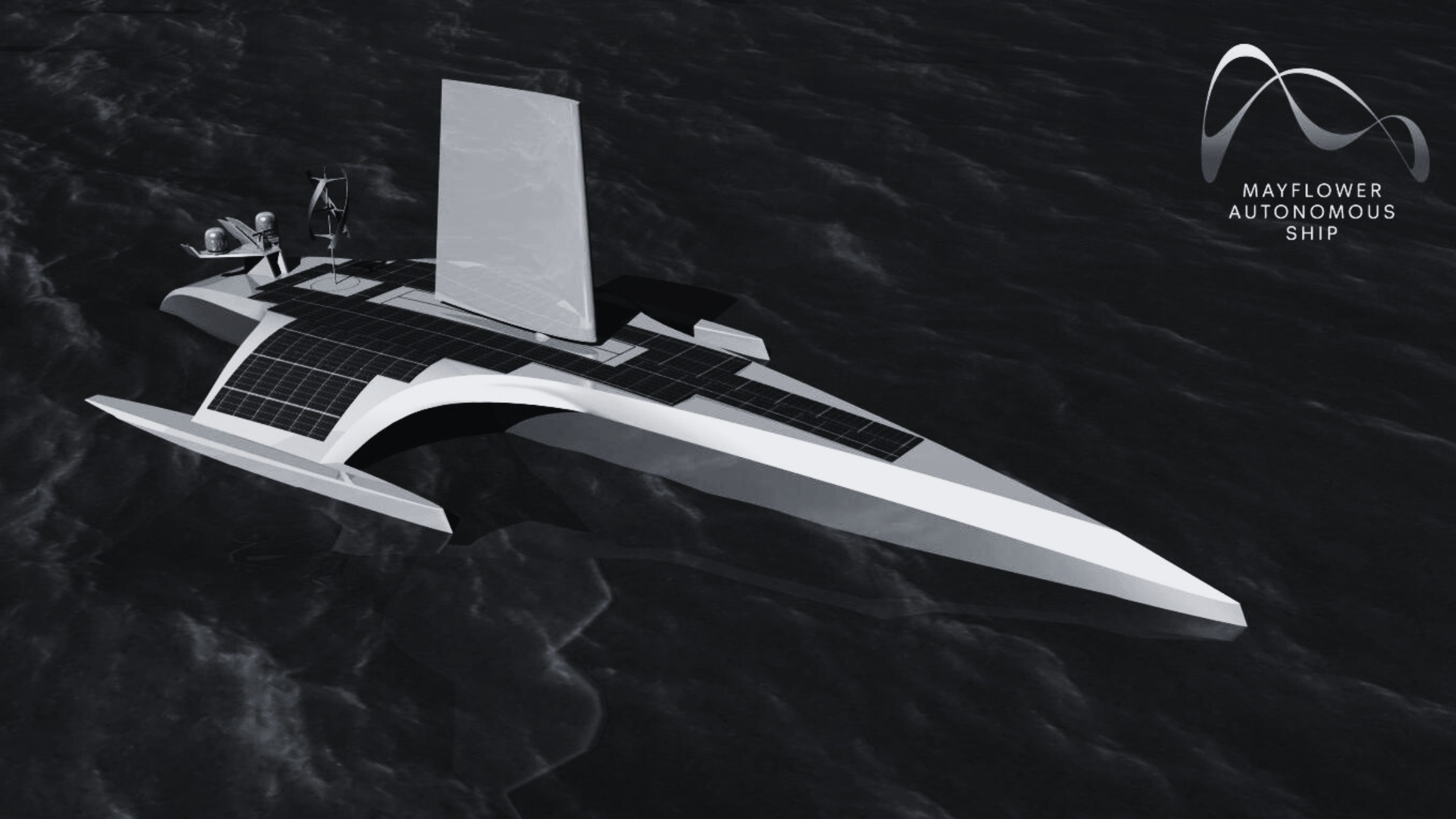
The Mayflower Autonomous Ship, developed by ProMare and IBM, is an AI-driven trimaran designed to replicate the historic journey of the Mayflower from Plymouth, UK, to Plymouth, Massachusetts, USA. The ship is equipped with various sensors and AI capabilities for autonomous navigation and obstacle detection.
Significance: The MAS project showcases the capabilities of AI and autonomous systems for long-range, transatlantic voyages. Beyond maritime industry applications, this technology has potential implications for exploration, environmental monitoring, and research in remote ocean regions.
Latest here
Hrönn - Offshore Inspection and Maintenance
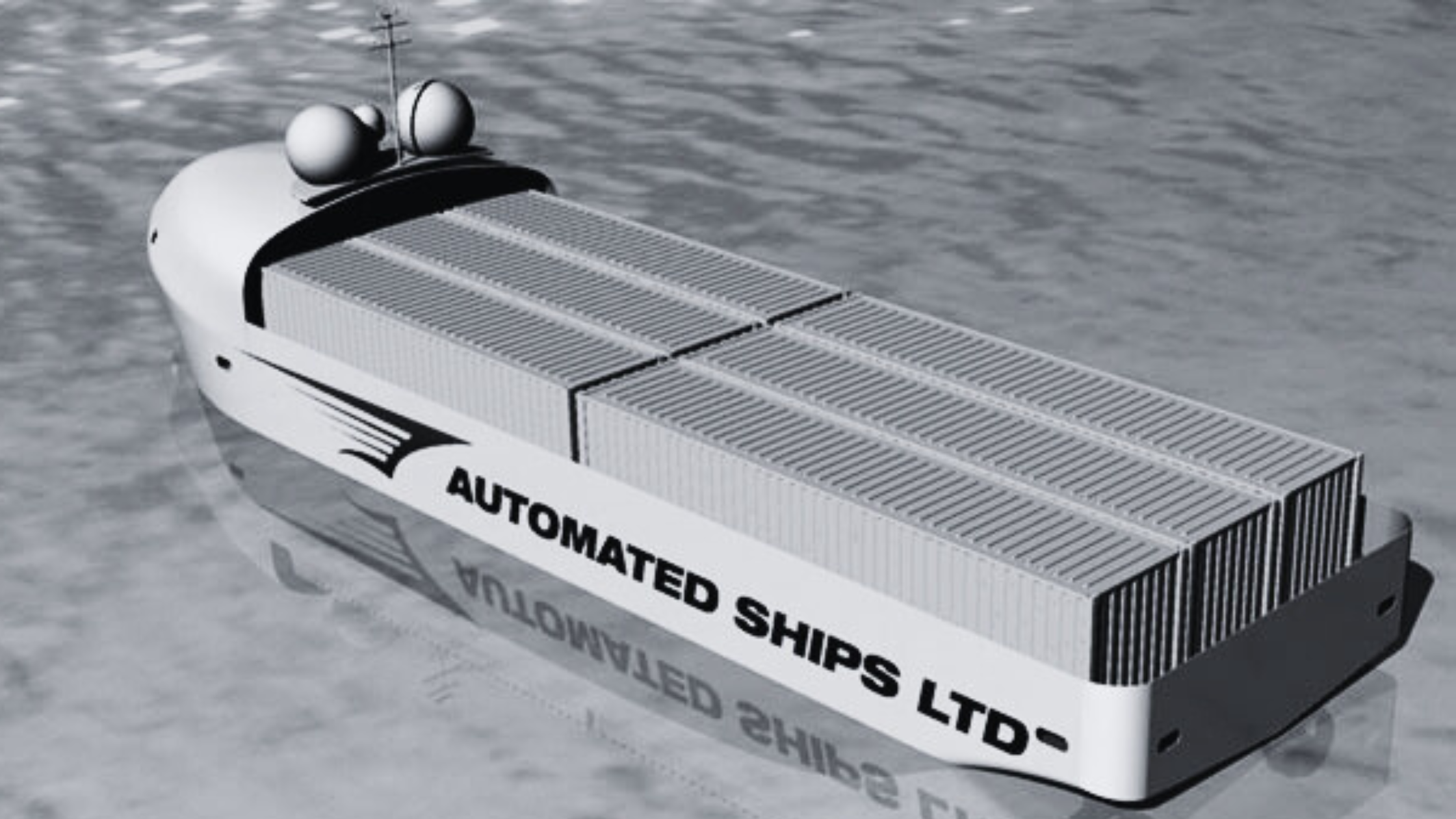
Hrönn is an autonomous offshore vessel developed by Bourbon & Kongsberg Maritime for autonomous inspection and maintenance tasks in the offshore industry. The vessel is equipped with various sensors, robotic arms, and autonomous navigation systems.
Significance: Hrönn demonstrates how autonomous ships can revolutionize offshore operations by reducing the need for human crew members in hazardous environments. It enables cost-effective and safer inspections, maintenance, and support tasks for offshore wind farms, oil platforms, and subsea installations.
These case studies highlight the diverse applications and benefits of autonomous ships across various sectors in the maritime industry. As technology continues to advance and regulatory frameworks adapt, autonomous vessels are likely to become more common, offering a safer, more efficient, and sustainable future for maritime transportation and ocean exploration.
In the brave new world of autonomous ships, human expertise and AI-driven technology unite, revolutionizing the maritime landscape, Amen!
Happy Sailing & Happy Learning!
Think Family! Safety First!